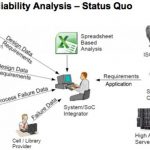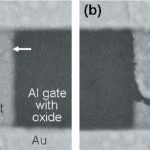You are currently viewing SemiWiki as a guest which gives you limited access to the site. To view blog comments and experience other SemiWiki features you must be a registered member. Registration is fast, simple, and absolutely free so please,
join our community today!
DATE 2026by Admin on 08-27-2025 at 10:57 pm
Design, Automation and Test in Europe Conference |
The European Event for Electronic System Design & Test
The DATE conference is the main European event bringing together designers and design automation users, researchers and vendors, as well as specialists in hardware and software design, test, and manufacturing
…
Read More
At DATEthis year in Dresden, Bernhard Fischer from Siemens CT(Corporate Technology) has presented an interesting summary of the various techniques used for power modeling and analysis at the architectural level. He went through the pros and cons of using spreadsheets, timed virtual platforms annotated with power numbers … Read More
It has be come a cliche to say that “power is the new timing”, the thing that keeps designers up at night and drives the major architectural decisions in big SoCs. Nobody is saying it yet but perhaps “reliability is the new power” will be tomorrow’s received wisdom.
I talked to Adrian Evans of IROCTech… Read More
Now that the dominant approach to building an SoC is to get IP from a number of sources and assemble it into a chip, the issue of IP quality is more and more critical. A chip won’t work if the IP doesn’t work, but it is quite difficult to verify this because the SoC design team is not intimately familiar with the IP blocks since… Read More
My first chip design at Intel was a DRAM and we had a 5% yield problem caused by electromigration issues, yes, you can have EM issues even with 6um NMOS technology. We had lots of questions but precious few answers on how to pinpoint and eliminate the source of yield loss. Fortunately, with the next generation of DRAM quickly introduced… Read More




